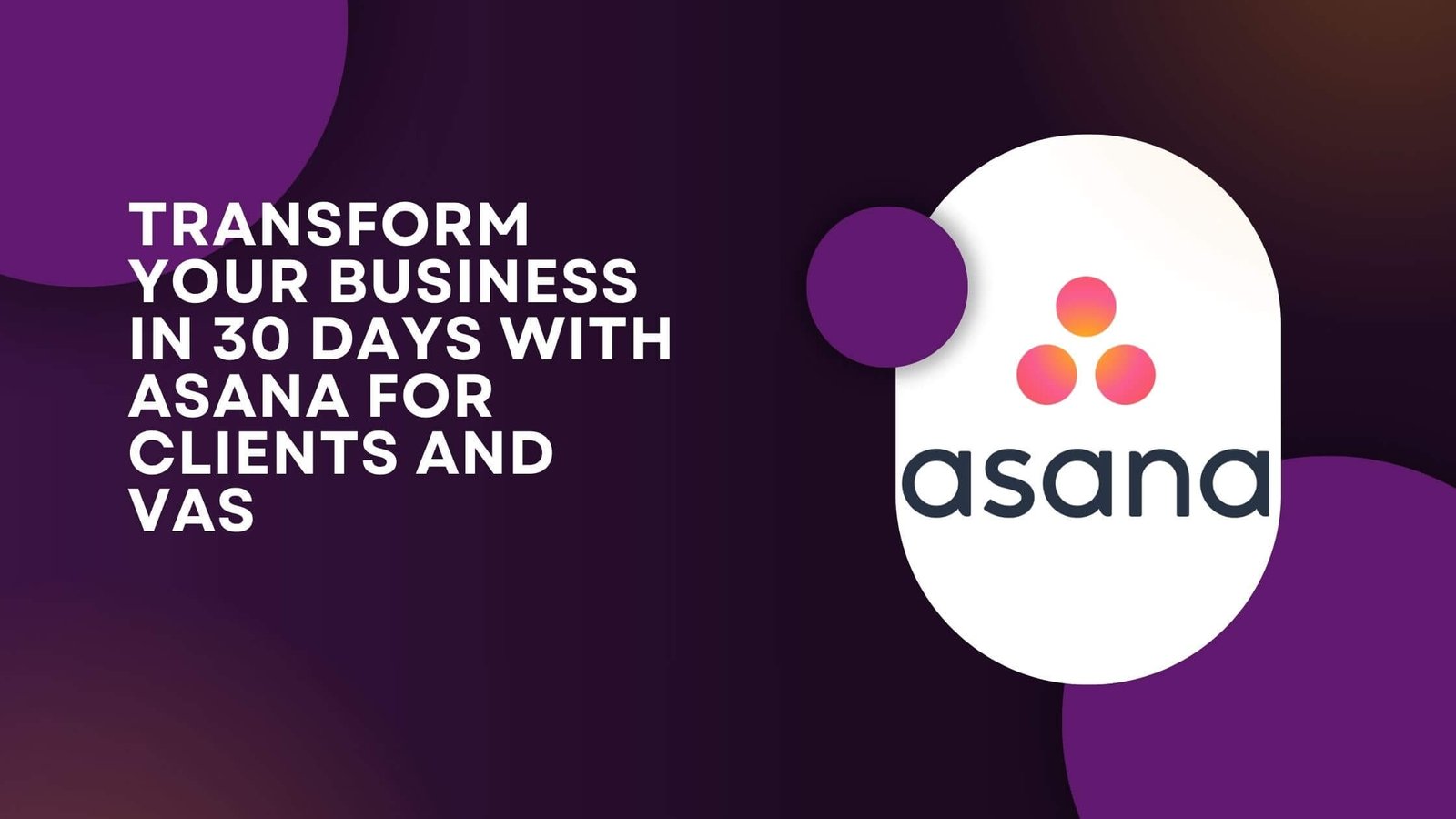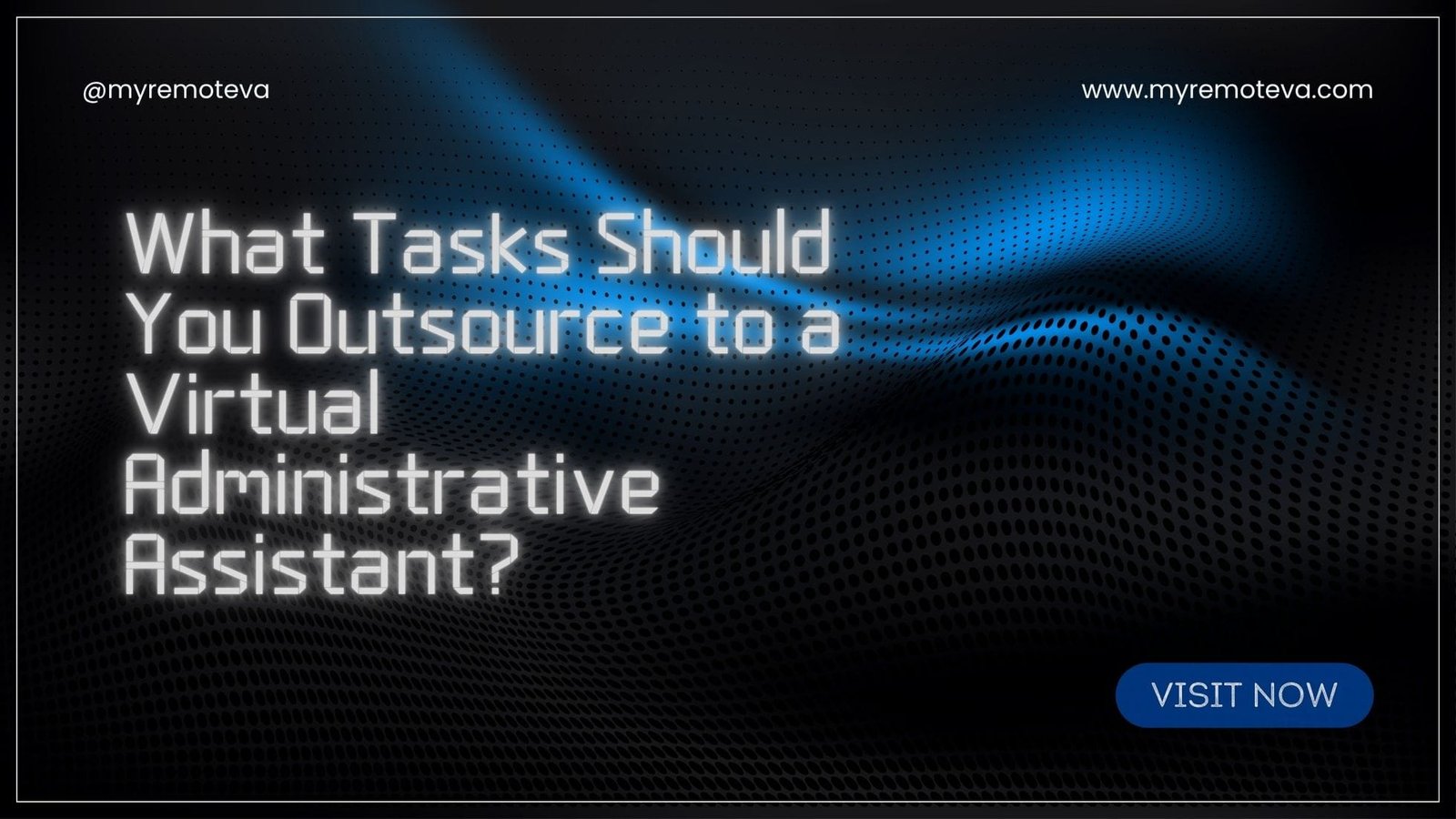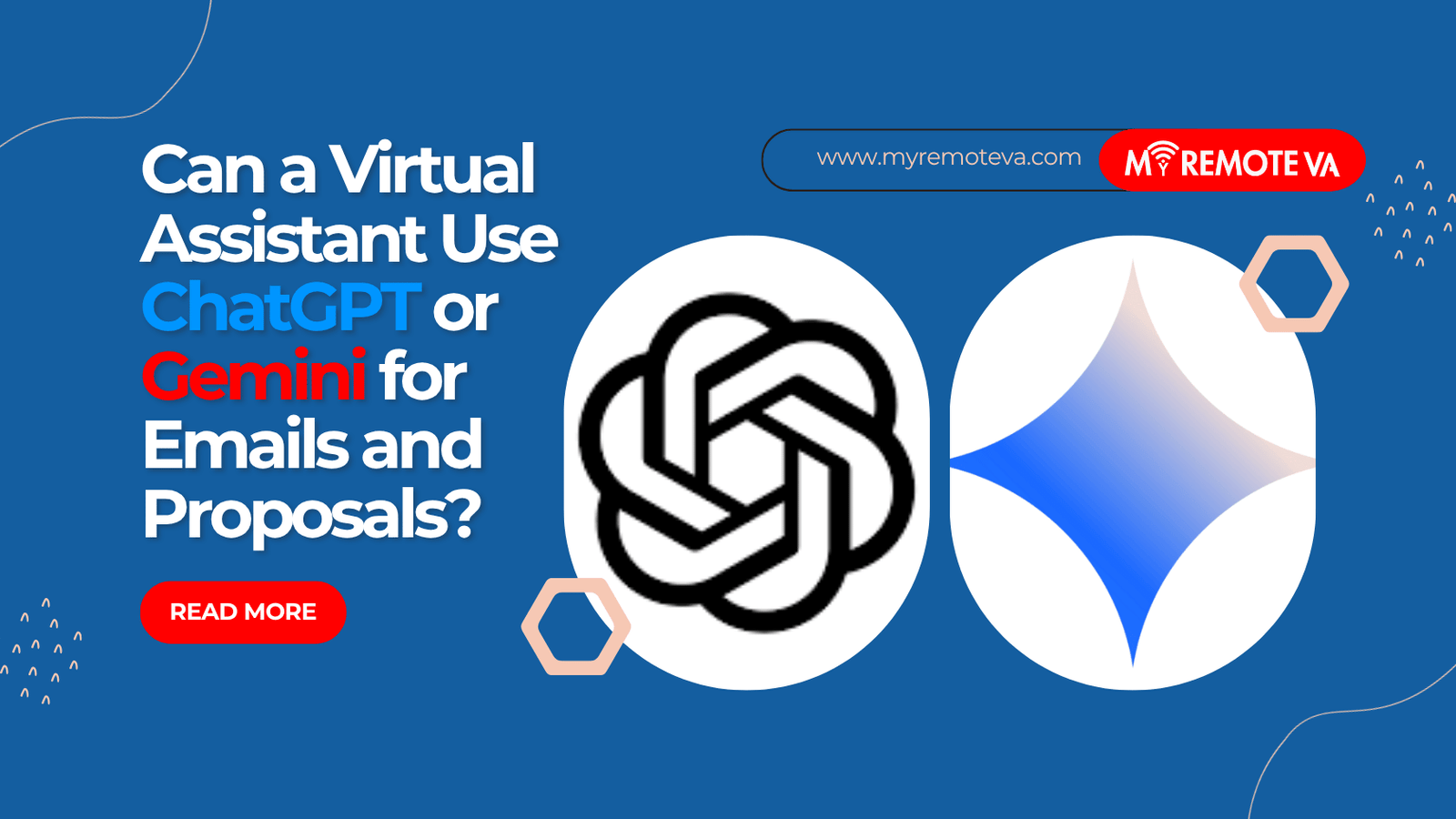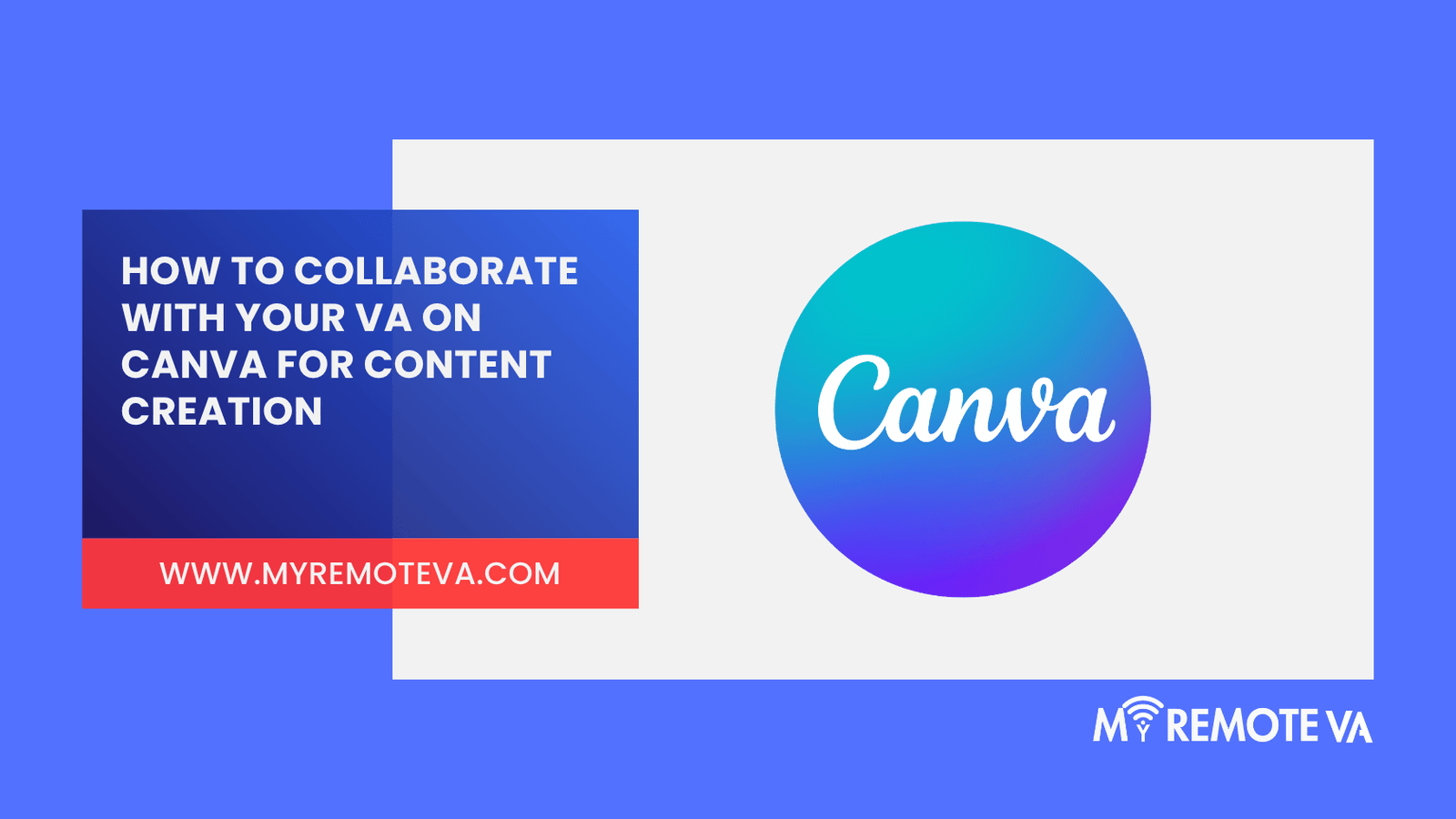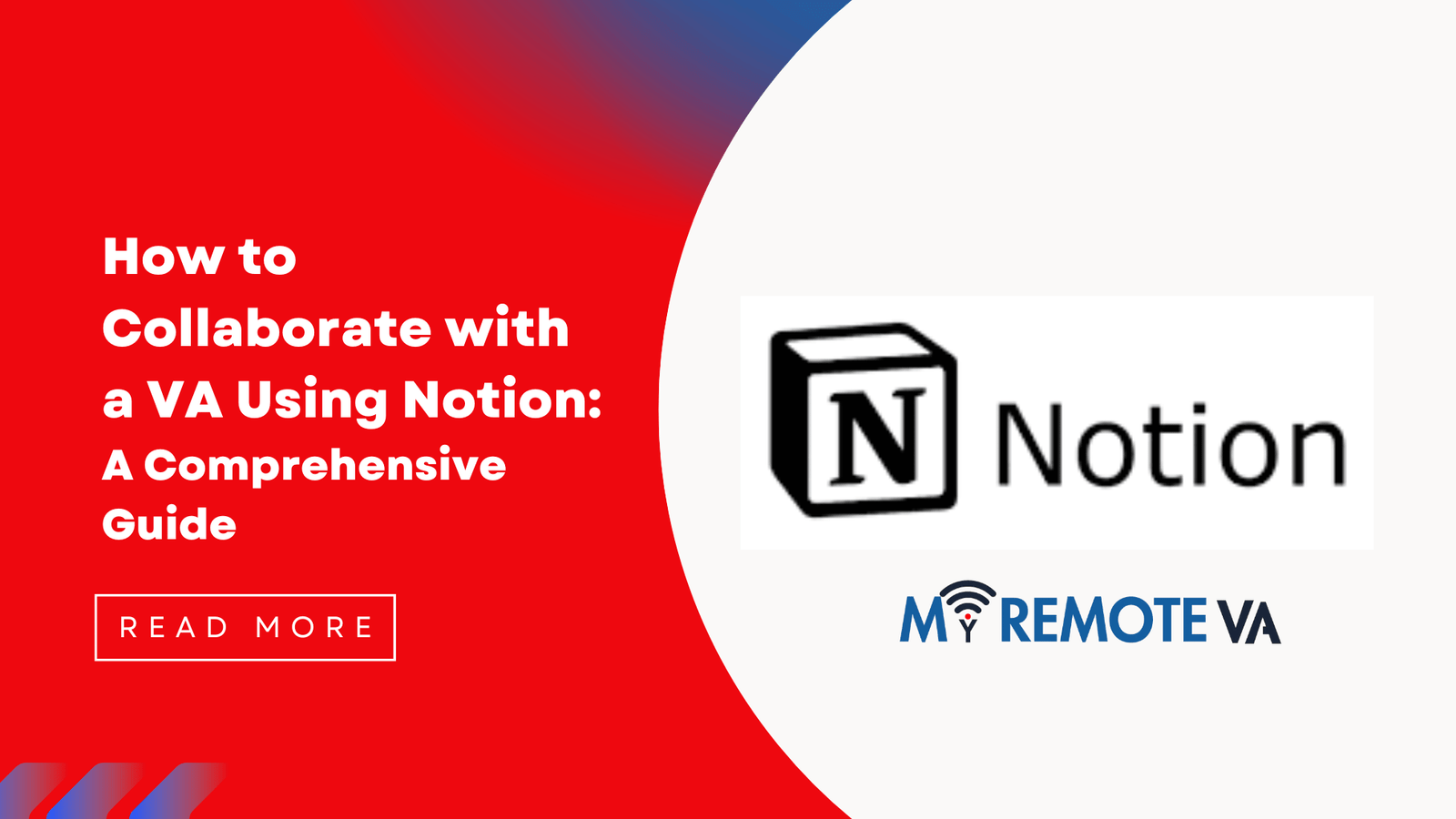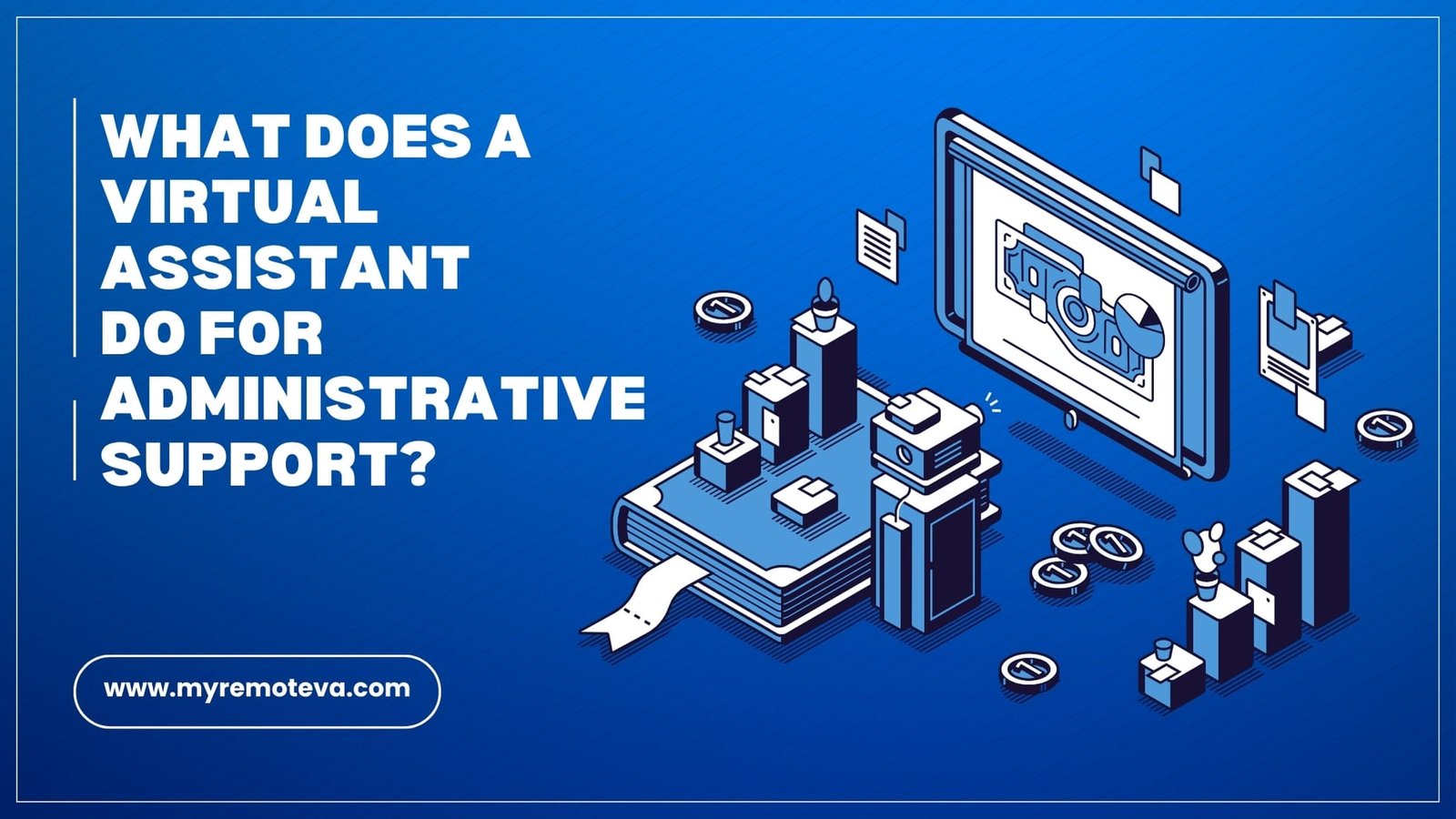Let’s be real: running a business, even a small one, can feel like you’re trying to hold a dozen spinning plates in the air at once. One moment, you’re on top of everything. The next, an email disappears into the ether, a deadline gets forgotten, and suddenly, you’ve got this sinking feeling in your stomach that you’ve dropped the ball. It’s a completely common and frustrating feeling. What if there was a way to make all of that chaos just… disappear? That’s exactly what a smart setup in Asana for clients and VAs can do for you. It’s not just a tool; it’s a way to reclaim your sanity and build a truly powerful, collaborative system.
I remember when my work was a complete mess. I had a dozen clients, and each one wanted to communicate in a different way. One preferred Slack, another loved long email threads, and a third would just call me out of the blue with a new task. My brain felt like a tangled ball of yarn, and my desktop was covered in virtual sticky notes. It was a disaster waiting to happen. The moment I started using Asana as a central hub for all my client projects, everything changed. I could see every single task in one place, know who was doing what, and have all the context I needed right there without digging through old conversations. It was a complete game-changer, and it’s why I’m so passionate about showing others how to do the same.
The magic isn’t in simply signing up for a free Asana account; it’s in building a streamlined, efficient workflow from the ground up. This article is all about how you can leverage Asana to create an amazing system that keeps your projects humming along smoothly, no matter how many clients you have or how many virtual assistants you’re working with.

Stop the Chaos: How to Build a Powerful System with Asana
Before you can get to the good part—the part where you feel completely in control—you need to set things up right. The biggest mistake people make is treating Asana like a digital to-do list instead of a collaborative workspace. The key is to create a single source of truth for every project. This approach is what builds trust with your clients and gives your VAs the clarity they need to do their best work.
Here’s how to do it without a hitch:
- One Client, One Project: Don’t try to cram everything into a single project. Create a unique project for each and every client you have. This keeps their tasks, files, and conversations separate and incredibly easy to find. Within that project, you can use sections to organize different types of work, like “Social Media,” “Blog Posts,” or “Admin Tasks.”
- Give Tasks a Proper Name: Vague task titles are the enemy of efficiency. Be specific and descriptive. “Draft August Newsletter” is a hundred times better than “Newsletter.” Your VA should be able to look at a task title and know exactly what it’s about.
- Utilize Custom Fields: This is where Asana goes from good to great. Custom fields let you add extra context to a task without cluttering the description. Use them to track things like a task’s priority (High, Medium, Low), its status (In Progress, On Hold, Complete), or even the time you expect to spend on it. It’s a phenomenal way to get a quick visual snapshot of your entire workload.
By creating this kind of organized framework, you’re not just organizing tasks—you’re setting clear expectations. Your client can log in and instantly see where their project stands, and your VA knows exactly what to focus on next. It’s a win-win situation.
Supercharge Your Workflow with These 5 Asana Features
Once you have your projects set up, the next step is to make sure you’re using the right features to boost collaboration. This is where you can turn a basic task list into a dynamic, living workflow. As a professional who works with VAs, I’ve found these five features to be absolute essentials for a seamless experience. They really make a huge difference in how smoothly a project runs.
Mastering Communication with Asana for Clients and VAs
This is probably the most crucial part of using Asana effectively. Don’t send an email or a Slack message about a task. Instead, comment directly on the task itself. This keeps all the conversation, feedback, and questions in one single place. When you need to refer back to a decision you made a month ago, the entire conversation is right there in the thread. It’s a massive time-saver and eliminates the stress of searching through your inbox for an old note. This simple habit will revolutionize your client communication.
Another incredible feature is subtasks. For a big project like “Website Redesign,” the main task can feel overwhelming. But when you break it down into smaller, bite-sized subtasks—like “Research designers,” “Write homepage copy,” and “Source stock photos”—it becomes manageable. Assigning these subtasks to your VA gives them a clear, step-by-step path to completion. This approach is what sets a professional project manager apart from someone who just “gets by.” For more tips on organizing and delegating tasks, you might find our post on a comprehensive virtual assistant services list helpful, as it provides a breakdown of how to structure different kinds of work.

Visibility is everything. With Asana, both you and your client can see the project’s progress in real time. Do you prefer a Kanban board? A simple list? A calendar view? Asana has you covered. This kind of visibility is the key to proactive project management. It prevents those awkward “What’s the status?” emails because the status is always right there for everyone to see. It’s a powerful way to put your client at ease and showcase the value you’re providing.
Finally, let’s talk about accountability. When you assign a task to a VA, they have a clear due date and a specific job. No more guessing games or miscommunications. Everyone knows exactly what they’re responsible for. It’s a simple but profound shift that makes a huge difference in getting things done on time. It also frees up your mental energy to focus on the big picture, rather than constantly worrying about the small details. If you’re considering expanding your team, you might also be interested in our article on the benefits of hiring a virtual assistant from the Philippines, as it goes into more detail about how to build a reliable and productive remote team.

Tips for Seamless Onboarding in Asana
Bringing a new client or VA into your workflow can be intimidating, but it doesn’t have to be. Asana makes onboarding incredibly easy. The secret? Templates. Create a beautiful, detailed onboarding project template once, and you can reuse it every single time you start a new relationship. It’s an absolute game-changer. This approach ensures you never miss a step and that every new team member or client gets the same amazing experience from day one.
What should you include in your onboarding template? I recommend a few key sections:
- The “Housekeeping” Section: This is where you get all the boring but necessary stuff out of the way. Think “Grant Software Access,” “Share Brand Guidelines,” or “Set Up Communication Preferences.” It ensures both parties are on the same page from the start.
- The “Action Items” Section: This is where you outline the first tasks you’ll tackle together. It gives your new VA a clear idea of their immediate priorities and shows your client that you’re ready to hit the ground running.
A well-structured onboarding process shows a level of professionalism that clients love. It tells them, “I have a system, and you’re in good hands.” It’s a foundational step to building a lasting, amazing partnership. For a broader look at different tools that can help your business run smoothly, check out this incredible guide to project management software from Forbes Advisor. It’s a great resource for comparing different options and finding the perfect fit for your specific needs.
At the end of the day, using Asana for clients and VAs isn’t about being perfect; it’s about being intentional. It’s about putting systems in place that allow you and your team to work smarter, not harder. You can stop juggling those plates and instead, build a powerful machine that just works. The feeling of calm and control that comes with that is priceless.
FAQs About Using Asana for VAs and Clients
Q: I’m not very tech-savvy. Is Asana hard to learn?
A: Not at all. One of the best things about Asana is how intuitive it is. You can start with the basics—creating a project and adding tasks—and gradually learn more advanced features as you go. Most VAs are already familiar with the platform, and you can show a client the ropes in just a few minutes. Don’t let the learning curve scare you off; it’s surprisingly gentle.
Q: What’s the biggest difference between a good and great Asana setup?
A: The biggest difference is consistency. A good setup is organized, but a great one is one that everyone on the team uses consistently. That means commenting on tasks, updating due dates, and using the system for every piece of work. When you’re consistent, Asana becomes a living, breathing tool that truly manages your entire workflow.
Q: Can my client see my other clients’ work in Asana?
A: No, and this is a huge relief for many people. Your clients only have access to the specific projects you invite them to. All of your other projects, whether they’re for other clients or your own internal business tasks, are completely private. It’s a secure and professional way to handle client work without any worries.

